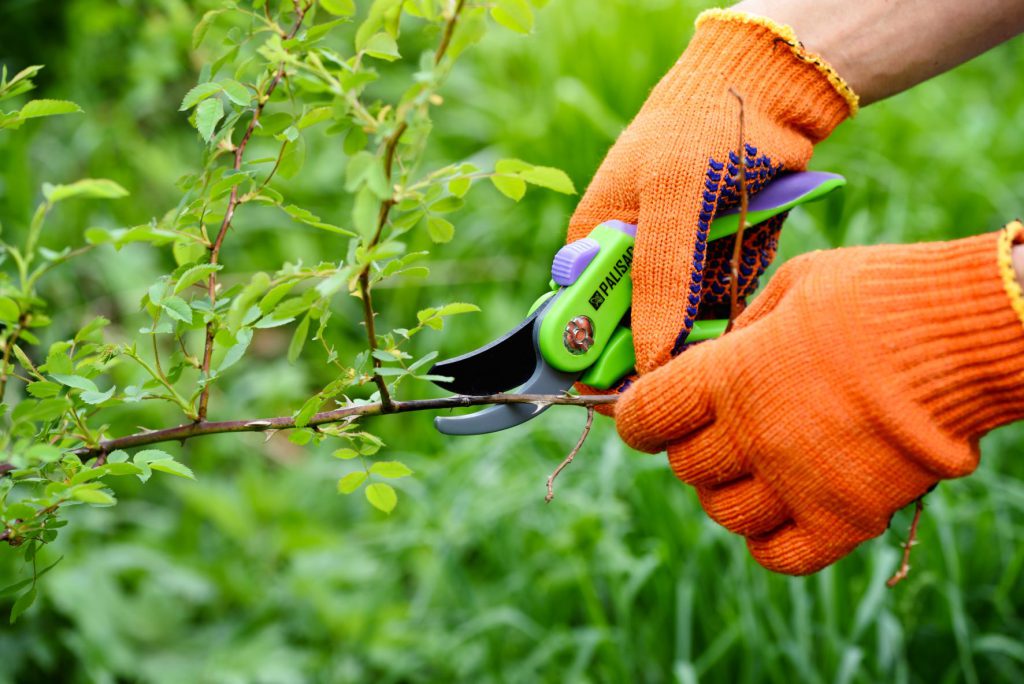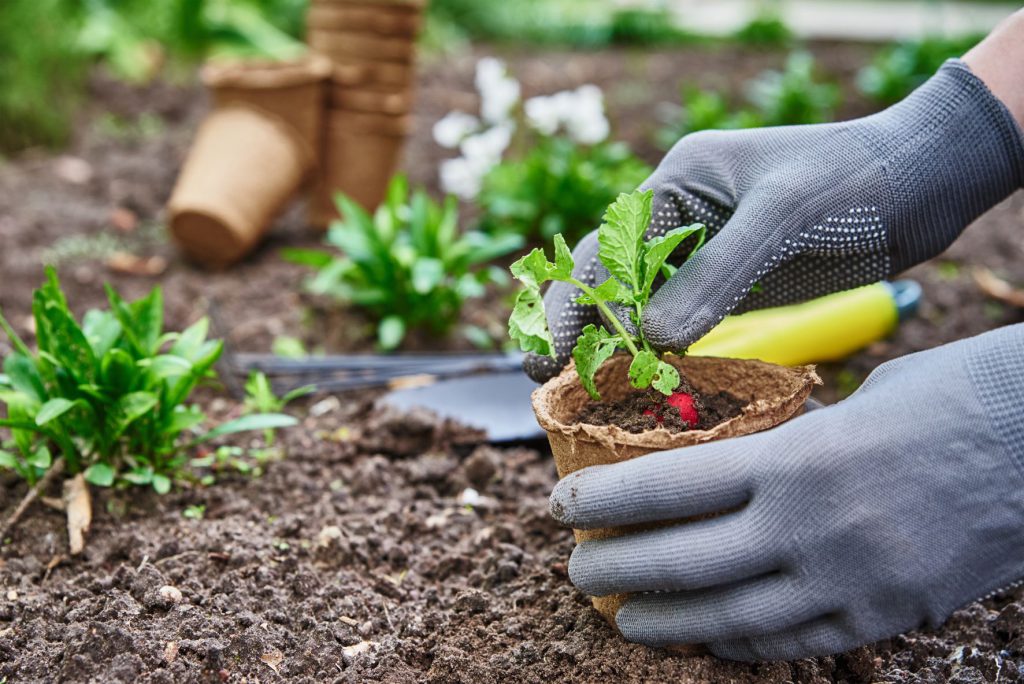You can use a variety of green thumb tips to help maintain your garden. These tips are not the only ones you can use to maintain your garden. You can also join a community gardening group and use liquid fertilizer to help your plants. It is important to keep your soil healthy.
Join a community garden
If you have a love of gardening, you may want to consider joining a community garden. Not only does it give you a place to grow your own food, but it also offers you a place to share with other community members.
Community gardens offer a place where people of all abilities and backgrounds can work together. This helps to develop relationships in the community and creates a stronger identity. It is also a great source of fresh produce at a very low price.
Before you get into a community gardening project, you need to know the dos and don’ts. Before you can get started, you’ll need to find an available plot of land. You can search your county extension office.
Non-profit organizations and government agencies can run some community gardens. Others are a part of parks and recreation departments. Whether you are looking for a garden in a neighborhood or a school, it’s important to find out what the requirements are. It will be easier to sign up if you are more informed.
Often, community gardens are understaffed. That means you’ll need volunteers. And, of course, you’ll need to pay dues. These fees pay for land, materials, and general upkeep.
The cost of soil, seedlings, and fertilizer can add up. Before you start fundraising, make sure you have a plan. You might, for example, advertise your garden during the first planting season.
Ask your neighbors for their advice. Start small with a small area if you’re a beginner. Your neighbors are likely to appreciate your efforts and might even offer some encouragement.
Don’t forget about the legal structure of your community garden. There are several common business structures, such as LLCs and sole proprietorships. You should choose one that protects against lawsuits.
A community garden can be both a rewarding and fun experience. In addition to providing a healthy source of fresh produce, you can learn new skills. Even if you aren’t a gardener, you can participate by weeding and watering your plot.

Preparing the soil
Preparing the soil for a garden is more than just sowing seeds. You must also add nutrients to the soil and mulch. Premium quality soil amendments can help plants start the season off well.
Fall and spring are the best times to test your soil. This will allow you to gauge the pH level and the amount of mineral content. If the readings are too low, you can add aluminum sulfate or lime.
The best way to improve the soil’s texture and structure is with organic matter. The soil will be easier to work with and it will also improve drainage. However, you must also avoid putting too much in.
Loam is the best soil type to plant in. This mixture is made up a lot of minerals and humus. It’s ideal for most plants. Unlike heavy clay, which can be hard and harsh, loam feels soft and slick when wet.
The soil is an ecosystem that includes beneficial bacteria and fungi. The ecosystem breaks down dead leaves and converts them into nutrients for the plants. Adding compost to the soil can also help.
Organic matter can also help keep the soil loose. By making the soil spongier, the soil organisms have a better chance of doing their job. Lastly, adding compost to the soil helps make the soil moister.
A compost pile is one of the best things that you can do to your garden. This is an easy and inexpensive way to enrich the soil. Once the compost pile has been created, you can use a pitchfork or rototiller to incorporate it into the soil.
Lastly, you should remember to apply the best mulch around your plants. This will allow your plants to absorb excess moisture and protect them against weeds. Adding mulch will also help your plants survive winter.
A well-prepared soil is key to a healthy edible garden. It will allow your plants to thrive and save you money on fertilizers.
Use a liquid fertilizer at least once per month
A liquid fertilizer can be used once a month to increase the productivity of your plants. It will also give them the nutrients they need to thrive. But, it’s important to use fertilizers properly to avoid harming your plants and the environment.
Before fertilizing, it is important to understand the needs of your plants. This can vary depending on the time of year and the type of plants. Different plants require different nutrients. Corn, for example, may require more nutrients during its growing season. However, your herbs and succulents do not need as much.
Many gardeners use a combination of different fertilizers. These can include granular products, liquids, and manures. Each can provide different nutrients to your plants. If you don’t want to use conventional fertilizers, you can also create your own homemade fertilizer.
Liquid fertilizers are a quick and easy way to boost the growth of your plants. They can also help your plants resist diseases and pests. They can also make your plants more resilient to drought. The downside is that they can be expensive.
A liquid fertilizer should be applied once or twice per year in the spring and summer. To determine how often to apply, you can refer to the label.
It is important to not overfeed your plants. Overfeeding your plants can cause damage to the roots and make them look yellow. Additionally, it can cause brown or browned leaves. And, if you overdo it, it can also pollute the water you drink.
A small amount of concentrated solution can be mixed with four cups water to make homemade fertilizer. It should be kept in an airtight container. After a few weeks, you can add more water to the mix. Dilute the liquid to about half the label’s strength.
For a healthy garden, fertilizers are vital. If you’re new to gardening, or you don’t have the time to devote to maintaining your plant’s health, you can buy fertilizer at your local gardening supply store. Be sure to follow the directions on the package so you don’t end up with overfeeding or a sickly garden.
Avoiding high maintenance plants
If you’re trying to create a low-maintenance garden, you will need to take into consideration the climate and soil in your area. Some plants need a lot of water, while others do not require as much. You also need to know how much sunlight your garden receives. Knowing this information will help you find the best plants to grow.
A good first step is to gather as many pictures as you can of healthy plants. This will help you determine which plants are easiest to care for. You will need to water them frequently and keep an eye out for pests.
In addition to these factors, some plants have a higher risk of disease. Talk to your local garden expert if you aren’t sure. They can help you identify plants that are most likely to be troublesome. Once you have a list of possible problems, you can avoid them by introducing more disease-resistant plants.
High maintenance plants require a lot of watering and pruning. Boston fern is one example. Another plant that requires a lot of work is the hydrangea. Hydrangeas can be difficult to grow in cold and dry climates. But they have beautiful flowers and are a popular houseplant.
Evergreen shrubs are a low-maintenance option if you’re looking for something more easy to maintain. These require less water, but will need to be pruned and cut back at certain times. Catmint is a low-maintenance perennial that doesn’t need a lot of attention, and is deer-resistant. Honorine Jobert and mint are two other plants that don’t require much maintenance.
Your garden will be easier to maintain if you plant the right plants in the right places. You can have a beautiful garden with the right tools and a little bit of time and attention. There are many low-maintenance plants available for any climate. Find out what plants will work well in your area, and start creating a low-maintenance garden today. Greenery can improve your quality of life and your health.




